The kids in the Frog Room have been working hard during their phonics lessons every morning. After 85 days of first grade, we have almost mastered ALL of our "chunks!" These chunks are the 71 Orton Phonograms [a phonogram is a letter or combination of letters which stands for one sound in a given word]. We have been learning our chunks by memorizing/repeating them in isolation first and then searching for them, identifying them, and writing them in commonly used words later.
The purpose for teaching the sound/symbol relationships first, in isolation, without key words or pictures (this is "explicit" phonics), is to give students, quickly, the information they need to spell and write, correctly, what they can already hear, say, and comprehend orally!
The sounds that we make for each chunk card are in order of their frequency and often sound very different than the letters would lead you to believe at first glance. If you've ever wandered into our classroom at around 9:15, you know exactly what I'm talking about: we sound like we're crazy!
Here's how the chunks work:
Think about the phonogram "th." To a beginning-of-the-year first grader, this is going to sound a lot like "tuh" "huh." However, to a first grader who has learned their chunks, "th" makes 2 sounds...but neither of them sound like "tuh" or "huh." The Frog Room kids know that the two letters blend together and that "th" can say /th/ like in the word "think" or /th/ like in the word "that." Crazy, isn't it?!
Next, look at the word "church." This word has 6 letters, but only 3 voiced sounds: ch/ur/ch. If you were never taught the sounds that the different letter combinations make together, the word "church" would sound quite different! Try sounding it out without blending anything: "c/h/u/r/c/h." AH!
Finally, how about the word "fight." This word has 5 letters, but only 3 voiced sounds. Many adults were never specifically taught that /igh/ stands for the long i sound when it's written together in a word. Try sounding out each letter in the word "fight." That doesn't seem like the same word, does it? Whew! Are you exhausted yet?!
This is why I am passionate about teaching explicit phonics!
The English language is crazy, but fascinating.
(If you happen to love this stuff, like I do, you can read more at http://www.riggsinst.org/phonetics.aspx)
The video below showcases the incredible phonics knowledge of the Frog Room kiddos:
The purpose for teaching the sound/symbol relationships first, in isolation, without key words or pictures (this is "explicit" phonics), is to give students, quickly, the information they need to spell and write, correctly, what they can already hear, say, and comprehend orally!
The sounds that we make for each chunk card are in order of their frequency and often sound very different than the letters would lead you to believe at first glance. If you've ever wandered into our classroom at around 9:15, you know exactly what I'm talking about: we sound like we're crazy!
Here's how the chunks work:
Think about the phonogram "th." To a beginning-of-the-year first grader, this is going to sound a lot like "tuh" "huh." However, to a first grader who has learned their chunks, "th" makes 2 sounds...but neither of them sound like "tuh" or "huh." The Frog Room kids know that the two letters blend together and that "th" can say /th/ like in the word "think" or /th/ like in the word "that." Crazy, isn't it?!
Next, look at the word "church." This word has 6 letters, but only 3 voiced sounds: ch/ur/ch. If you were never taught the sounds that the different letter combinations make together, the word "church" would sound quite different! Try sounding it out without blending anything: "c/h/u/r/c/h." AH!
Finally, how about the word "fight." This word has 5 letters, but only 3 voiced sounds. Many adults were never specifically taught that /igh/ stands for the long i sound when it's written together in a word. Try sounding out each letter in the word "fight." That doesn't seem like the same word, does it? Whew! Are you exhausted yet?!
This is why I am passionate about teaching explicit phonics!
The English language is crazy, but fascinating.
(If you happen to love this stuff, like I do, you can read more at http://www.riggsinst.org/phonetics.aspx)
The video below showcases the incredible phonics knowledge of the Frog Room kiddos:
I am so impressed with the growth that I've seen in this area in just a few months! The kids' dedication and commitment to learning these "chunks" is reflected in their reading fluency and increased ability to decode tricky words in their everyday reading. Way to go, Frog Room kiddos!
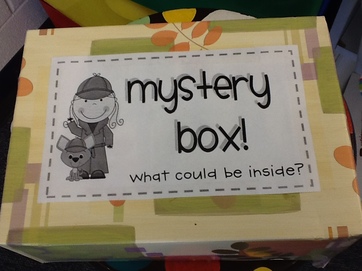
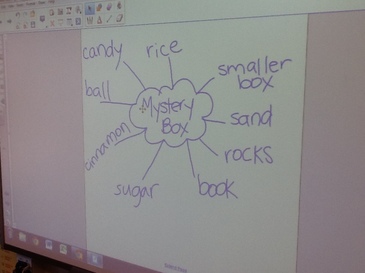
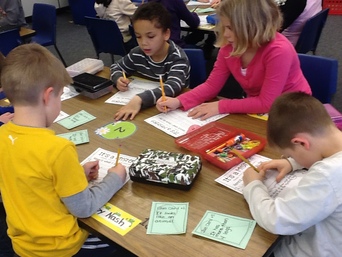
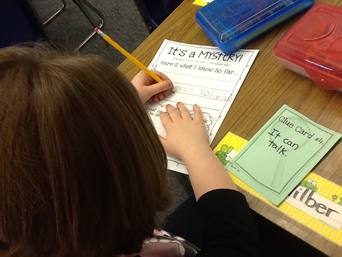
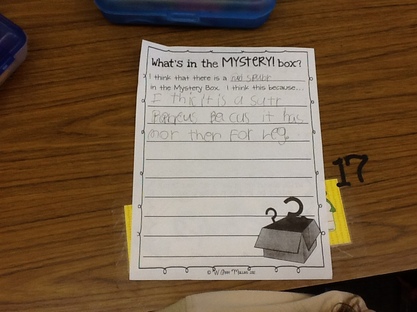
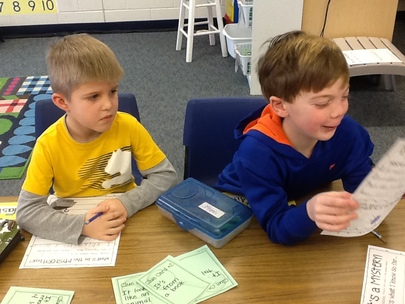
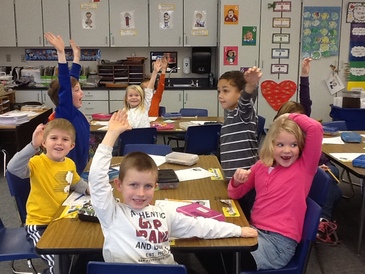
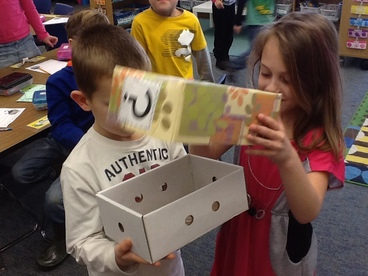
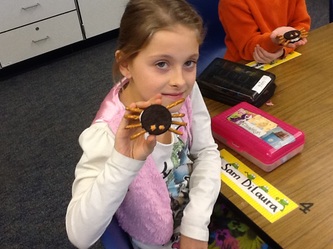
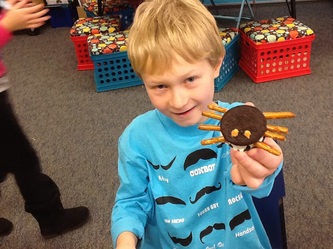
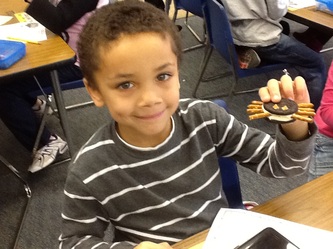


 RSS Feed
RSS Feed